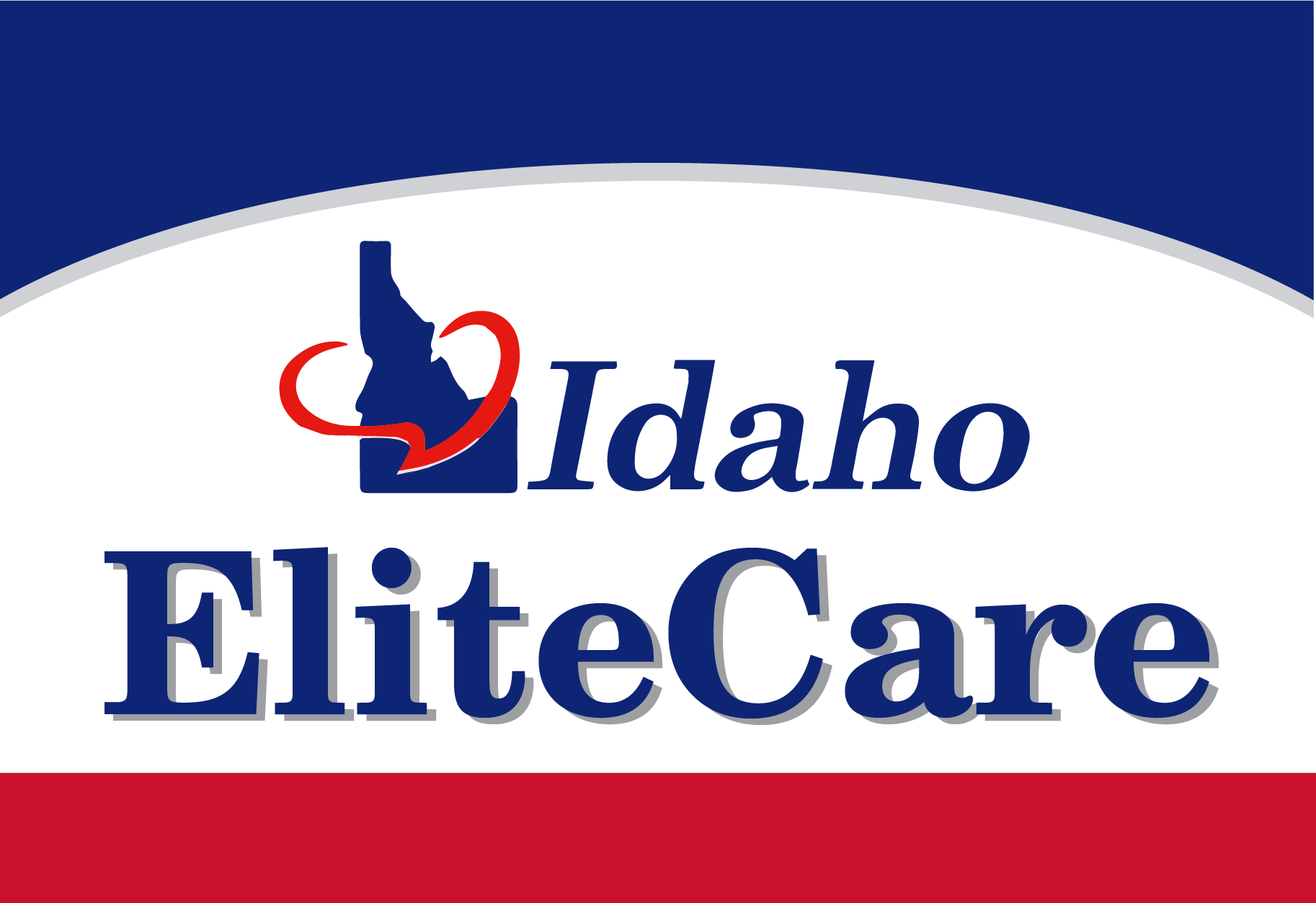What You Need to Know About Medicare Supplements

Medicare is a program available to eligible individuals to help cover healthcare costs. However, basic Medicare coverage is not comprehensive. This means there may be gaps in the coverage. This is where Medicare Supplement Insurance or Medigap comes in. Keep reading to learn more about Medigap coverage and what it offers.
What is Medigap?
Medigap is a type of Medicare Supplement Insurance that is designed to help to fill in the “gaps” found in Original Medicare. It is a policy that is sold by different private insurance companies. As mentioned above, original Medicare will pay for a lot; however, it is not comprehensive. This is when Medigap comes in and can help cover things like deductibles, coinsurance, copayments, and more.
There are some Medigap policies that can be purchased to cover services Original Medicare will not cover, such as medical care for individuals who travel outside of the United States. If someone has Original Medicare and they purchase a Medigap policy, there are a few things that will happen.
What is Provided by Medigap
When someone receives healthcare services, Medicare will pay the set share of the bill for the services that are listed as being covered. Anything that is not covered will be paid by the Medigap share.
There are a few things everyone should know about Medigap policies that are available for purchase today. To purchase Medigap policies, a person must have both Part A and Part B Medicare services. It is also important to note that Medicare Advantage Plans and a Medigap policy are not the same time. These plans are a way to receive Medicare benefits, but Medigap policies will supplement the original Medicare benefits offered.
With Medigap, a person may have to pay a private insurance company a set monthly premium. This is paid in addition to the monthly fee paid for Part B coverage. Also, Medigap policies will only cover a single person. If an individual and their spouse both want Medigap coverage, they must purchase separate policies. It is possible to purchase Medigap policies from almost any insurance company that has proper licensing in the state.
The standard Medigap policy will be guaranteed as renewable, even for individuals who are dealing with certain health conditions. What this means is that an insurance company cannot cancel the Medigap policy, if the premium is paid.
Medigap and Prescription Drugs
In the past, some of the Medigap policies that were sold covered prescription drugs. However, any Medigap policy that was purchased after January 1st, 2006 is not allowed to include coverage for prescription drugs. If someone wants to receive this coverage, too, they can join the Part D Medicare Plan, which is the Prescription Drug Plan. If someone purchases Medigap and the Medicare drug plan from the same insurance company, it may be necessary to make two premium payments. It is best to contact the company that the policies are being purchased to cover the cost of the premiums.
It is important to note – it is illegal for an insurance company to sell you a Medigap policy if you already have a Medicare Advantage Plan. The only time this is possible is if a person is making a switch back to Original Medicare.
Will Medigap Policies Cover Everything?
Today’s Medigap policies will usually not provide coverage for dental care, vision care, long-term care, private duty nursing, eyeglasses, or hearing aids. There are insurance plans that are not Medigap, too. These include Medicare Advantage Plans, Medicaid, Medicare Prescription Drug Plans, union or employer plans, Indian Health Service, Long-term care policies, Veteran’s benefits, and TRICARE.
Understanding Your Medigap Coverage
Sometimes, a person wants to purchase a different Medigap policy – not just the old policy with no prescription drug coverage. They may also decide to make a move to a Medicare Advantage Plan, which provides prescription drug coverage.
If someone decides to drop their Medigap policy, they should be careful when it comes to the timing. If they join a new Medicare drug plan, they will have to pay a late enrollment penalty in some situations. One situation is if a person decides to drop their entire Medigap policy or if someone goes 63 days or more before their new coverage starts.
The information here provides a good overview of what Medigap coverage does and does not do. Be sure to keep this in mind when shopping for this policy to help ensure the right coverage is received. Being informed and knowing what to expect with Medigap insurance is the best way to get the desired coverage results.



Sign up for our Newsletter
Once or twice per week we deliver Medicare tips straight to your email inbox. Try it, we think you'll like it!
By providing the information (above/below) I understand that Idaho Medicare, may contact me regarding Medicare Advantage Plans, Prescription Drug Plans, and Medicare Supplement Plans.
*Not connected with or endorsed by the United States government or the federal Medicare program.
Christensen Insurance
Idaho Falls, Idaho

All Rights Reserved
Idaho Medicare
ph: (208) 759-5794
*Calling the number above will direct the caller to a licensed agent.
a: 2296 N Yellowstone Hwy, Building B Suite 303, Idaho Falls, ID 83401
Serving the entirety of ID, UT, NM, MT
Medicare has neither reviewed nor endorsed this information.
Not connected with or endorsed by the United States government or the federal Medicare program.
We do not offer every plan available in your area. Any information we provide is limited to those plans we do offer in your area. Please contact Medicare.gov or 1-800-MEDICARE to get information on all your options.
By providing your name and contact information you are consenting to receive calls, text messages and/or emails from Monica Nelson at Idaho Medicare, a licensed insurance agent, about Medicare Plans at the number provided, and you agree such calls and/or text messages may use an auto-dialer or robocall, even if you are on a government do-not- call registry. This agreement is not a condition of enrollment.
This is a solicitation of insurance. Your response may generate communication from Monica Nelson, a licensed insurance agent.